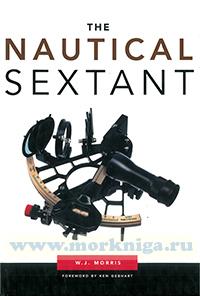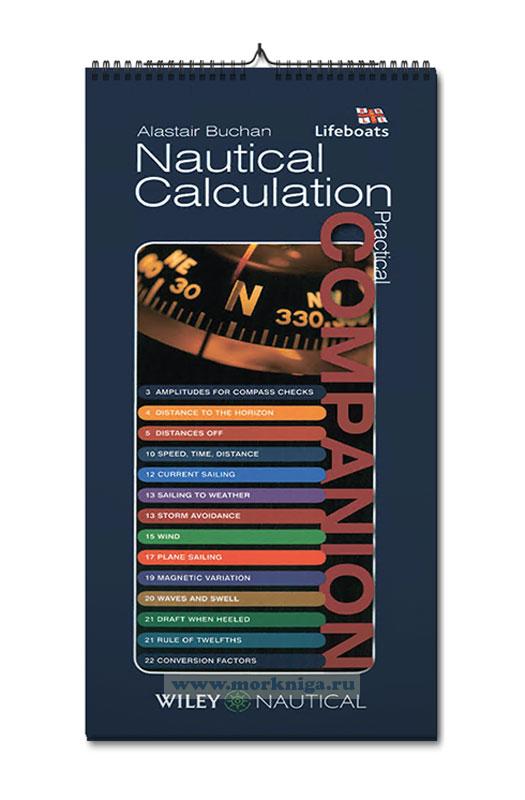The Nautical sextant
The Nautical Sextant is quite a different book than you would normally find on the subject of sextants. It is not an exposition of all models, nor does it explain how to use them for navigating. It does, however, have excellent chapters on scopes, mirrors, mirror adjustments, and maintenance that will be appreciated by sextant owners. It reveals in pictures, prose, and perspective the experience and knowledge gained by the author from years of acquiring, studying, and restoring sextants from around the world and from earlier times.
But why did I find the book so fascinating? At first I tried to scan the manuscript to get an idea about it. But my reading quickly slowed as I dwelt on the individual words, passages, and stunning pictures. Maybe it was the expert description of the mechanics of the sextants and their subassemblies (a subject not normally enticing for most readers). Or maybe it was the story of how different manufacturers, in different times and places, solved the same mechanical problems in different ways in order to perfect one of the most accurate mechanical devices ever produced by man. Or maybe yet, it answered many questions about sextant construction and function that I may have had, but had not yet formulated in my own mind.
Yet about one thing I feel sure: this book is destined to be a classic in its field. I also believe that if you like sextants, you will want to own, not just borrow, this book.
Содержание
Table of Figures
Acknowledgments
Introduction
Chapter 1
Principles
Chapter 2
Anatomical Overview
Chapter 3
Dissection
Tools, materials and workplace
Removing the subassemblies
Brandis and their successors
SNO-T and Freiberger sextants
Chapter 4
The Frame
Materials Form
Performance
Scales
Bearings
Tapered shaft and socket
Parallel shaft and bearing
Ball bearing
Chapter 5
The Rack and Micrometer
History
The Rack
The Micrometer Mechanism
Micrometer screw bearings
Swing arm bearings
Release catches
C. Plath, Tamaya, USN Mark III and clones
Brandis and USN Mark II
Hughes and Son
Heath and Co
Micrometer drums and verniers
SNO-T and Freiberger Präzisionsmechanik
Micrometer disassembly
Reassembly
Chapter 6
Vernier Scale
Principle
Reading
Tangent screw assemblies
Usual pattern
Variations
Chapter 7
Mirrors and Mirror Mountings
General
Index mirror and mounting
Tilting foot Tilting mirror
Tilting mirror, Brandis variant
Spring-opposed screws
Sealed mirror
Horizon mirror and mounting
Early sextants
Common twentieth century mounting
Survey sextants
Circular cast cells
Hughes Admiralty pattern sextants
Kelvin Hughes
Survey sextants
Full view mirror
Adjusting screws
Chapter 8
Shades and Shade Mountings
Materials
Form
Assembly
Tapered pin assembly
Shouldered screw assembly
Parallel pin assembly
Rotating base
Eyepiece shades
Uncommon shades
Polarizer
Wollaston prism
Astigmatizer
Intra-telescopic shades
Chapter 9
Telescopes
Optics
Galilean or star telescope
Keplerian or inverting telescope
Ramsden eyepiece
Huygenian eyepiece
Prismatic monocular
Choices
Telescope structure
Star or Galilean telescopes
Objective lens
Blooming of lenses
Eye lens
Inverting or Keplerian telescopes
Objective lens
Eye lens
Prismatic monocular
Sighting tube
Chapter 10
Telescope Mountings
Fixed pillar and ring
Vee and flat without collimation
Vee and flat with collimation
Rising pieces with fine adjustment
Chapter 11
Legs and Handles
Legs
Plain handles Battery handles
Chapter 12
Scale Magnifiers and Illuminators
Magnifiers Illuminators
Shaded lamp
Light guide
Photoluminescent magnifier
Chapter 13
The Case
Box structure
Box furniture
Securing contained parts
Chapter 14
Cleaning, Restoration, and Repair
Screws Frame
Cleaning
Inspection for damage
Paintwork
Scales
Bearing bush
Legs
Index arm
Micrometer and rack
Micrometer worm
Rack Swing arm assembly
Release catch
Tangent screw assembly
Mirrors
Replacement
Resilvering
Mirror mountings
Frames
Clip-securing screws
Adjusting screws
Shades and their mountings
Glasses Mounts
Mounting bases
Telescopes
Telescope mounts
Handles
Lighting systems
Chapter 15
Adjustments
Perpendicularity erro
Side error
Index error
Collimation error
Chapter 16
Calibration of Sextants
Multiple collimators
Rotary table and autocollimator
Two auto collimators and surface table
Micrometer calibration
Chapter 17
Some Sextant Makers
English
German
U.S.A.
Japanese
Chinese
French
Dutch
Appendices
1. Effects of miscollimation on sextant error
2. Analysis of centering errors
3. Recipe for resilvering mirrors
Bibliography
Glossary
Index

 Морская метеорология
Морская метеорология  Легенды моря и быль океанов
Легенды моря и быль океанов  Nautical calculation companion. Компаньон по морским расчетам
Nautical calculation companion. Компаньон по морским расчетам